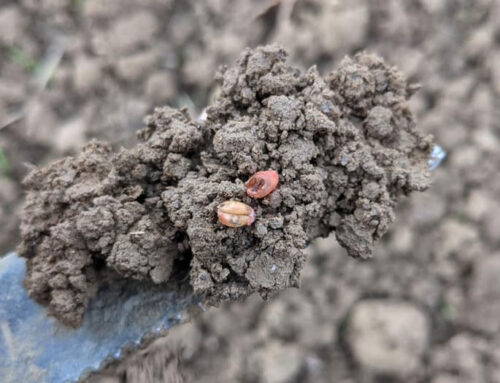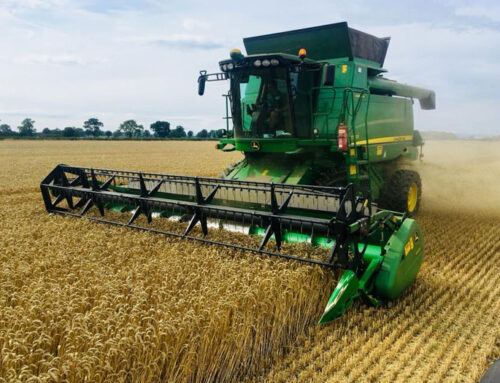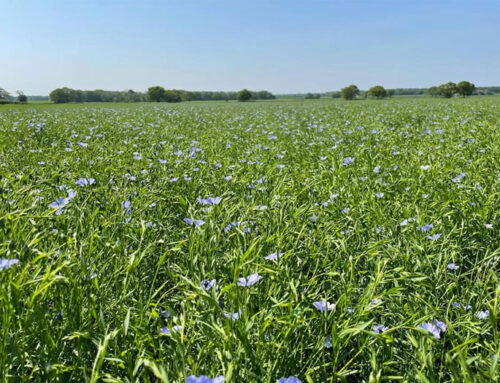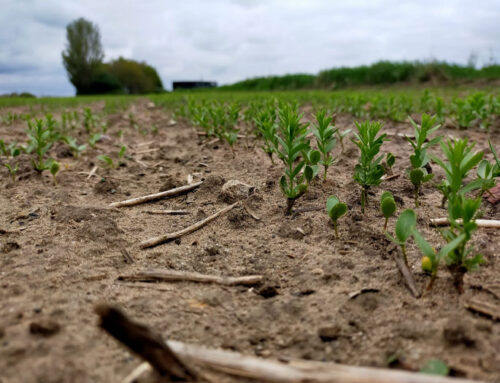With winter barley crops now ripe for cutting the first combines raced into fields to make a start to the 2023 harvest campaign. However, this soon had a ring of Liz Truss about it and combines soon exited fields 24 hours later and have yet to re-enter the fray. The last week has been a mixed bag of wind, rain, and warmth. Although the wind can be a blessing during this time of year to help dry crops out, it can also be a hindrance. When accompanied by the monsoon like showers it presents us with nervous times ahead. Day by day as you travel the countryside many cereal crops are starting to lean and, in some cases, already hugging the ground. Although late in the season there will be some impact on yield and quality, but it will also be a combine drivers’ headache. Weather patterns seem to get stuck in ruts and let’s hope the current unsettled rut corrects itself soon.
Even though the barley harvest has barely crossed the starting line first results have been pleasing with Tardis again delivering some promising yields. Barleys on light sandy soils are hitting 7.5t/ha which again brings a smile as these seemed to go backwards at a rate of knots during the mid-season drought. From the fields I have seen cut it appears that more combines have turned the chopper on. I am unsure whether this is due to the catchy forecast and the thought or straw being exposed to days of rain or, the fact more farmers are wanting to put crop residues back into the soil. My biggest concerns are that immediately cleared field means the temptation for the drill man to race in with a hopper full of oilseed rape is overpowering. I do hope we can refrain from sowing oilseed rape for at least another couple of weeks.
All my oilseed rape acreage has now been sprayed off with the flea beetle-affected stragglers finished off today. It’s the same every year with OSR we never know what yield are going to be until the first combines start making their way through it. On visual appearance crops seem to have plenty of pods and height has been well managed. I did advise a pod sealant on non-shatter resistant varieties which was applied around 2-3 weeks ago and now I’m glad I did, considering the stair rod thunder showers we have been getting.
Fodder beet crops are continuing to grow away and will be enjoying the warm wet conditions, however, so are redshank and fat hen. Where crops were slower to meet in the row following the rain post broadacre, small flushes of these weeds have started to appear in isolated places. Where redshank looks like it could be a problem then a dose of salt will be recommended on the next hot bright day. I do still favour the broadacre as several spray misses this season have proved just how bad the weed burden could have been.
Maize is now just approaching the final stages at which it is still safe to venture through with the sprayer. I find this the appropriate timing to apply a slow releasing nitrogen liquid fertiliser. There is a plethora of these products now on the market however if it has got 28 in the name, they all seem to do the same job! Yield maps from foragers gathered over the last 4 years have shown consistent yield increases on split field applications.
Finally, once the weather does decide to right itself and Mother Nature works out what month we are meant to be in, I would like to wish you all a happy and safe harvest.




